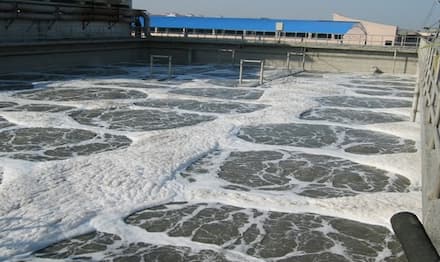
Controlling Foam, Elevating Efficiency: Defoamers in the Pulp and Paper Industry
Jul 18, 2025In the pulp and paper industry, foam is more than a nuisance—it’s a productivity challenge. From pulp washing and paper machine wet-end processes to wastewater treatment, uncontrolled foam can lead to overflow, inconsistent paper quality, slower production speeds, and even equipment wear. As mills push for higher throughput and improved sustainability, selecting the right defoamer becomes critical.
Modern pulp and paper processes involve a wide range of surfactants, resins, and mechanical actions that promote foam generation. Defoamers are therefore essential to stabilize operations, enhance drainage, reduce fiber loss, and ensure smoother paper formation. An ideal defoamer must withstand high temperatures, varying pH levels, and mechanical shear—while remaining effective across multiple process points.

Rickman’s paper-grade defoamers are tailored to meet the unique challenges of kraft pulping, mechanical pulping, and recycled fiber processing. With fast foam knockdown, persistent performance, and low-impact formulation compatibility, Rickman defoamers deliver measurable improvements in runnability and end-product quality. Their low dosage rates also help mills reduce chemical load and operating cost.
What sets Rickman apart is not only its product technology, but also its commitment to mill-level support. From on-site testing and tailored solution design to fast logistics and after-sales technical service, Rickman works closely with papermakers to ensure every defoamer works harder, smarter, and cleaner. It’s a partnership focused on long-term process stability and efficiency.